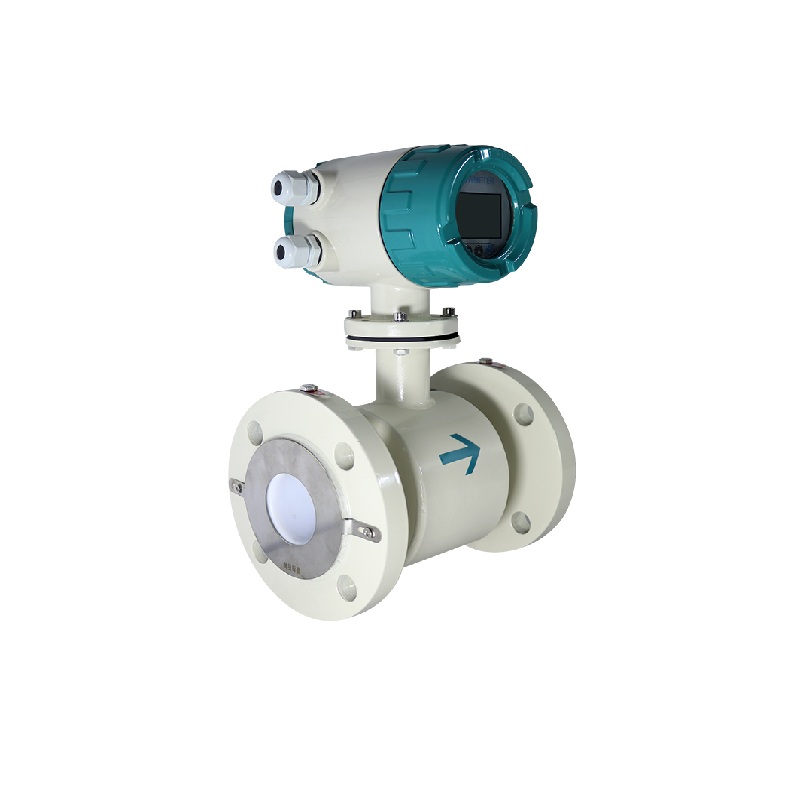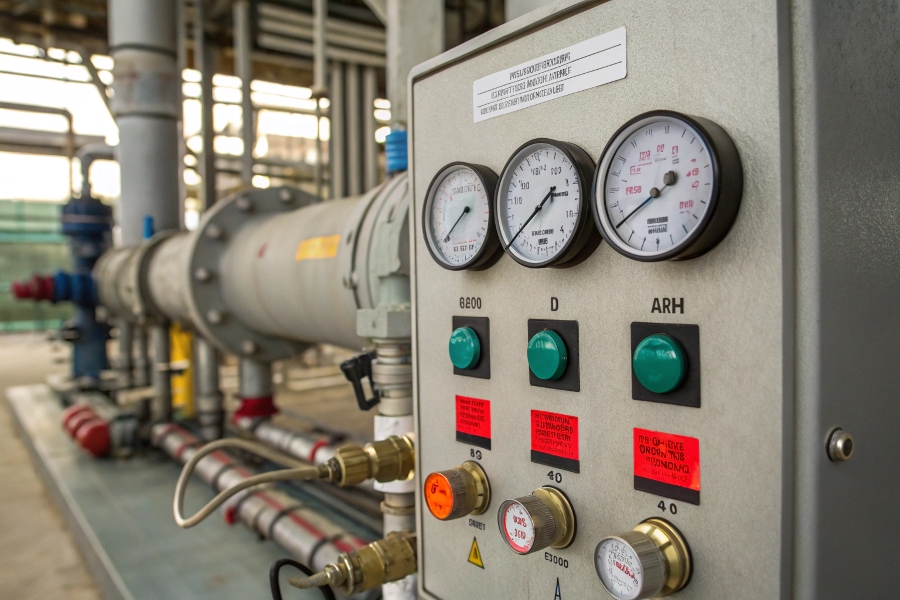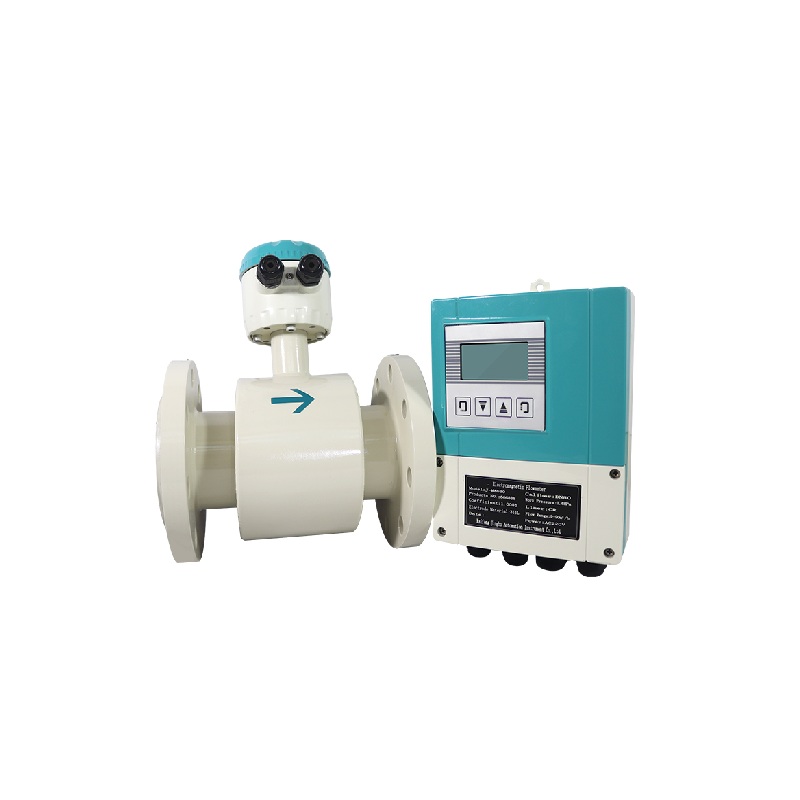Temperature changes can significantly impact measurement accuracy. Process engineers need to understand these effects to maintain reliable flow data.
Temperature affects electromagnetic flow meters by changing fluid conductivity (±1-2%/10°C), causing liner/electrode expansion (affecting calibration), and altering electronic component performance – typically limiting operation to -30°C to +180°C without compensation.

Temperature Impact on EM Flow Meters
Through years of field experience, we’ve identified several practical solutions to temperature challenges.
What Is the Effect of Temperature on Flow Measurement?
Temperature influences multiple measurement factors.
High temperatures reduce magnetic field strength1 (affecting signal strength), change electrode spacing (altering calibration), and modify fluid properties (viscosity, conductivity), while low temperatures can cause liner cracking and fluid solidification issues.

Flow Measurement Temperature Errors
Understanding these mechanisms helps identify solutions:
Temperature Effects at Different Process Stages
| Process Parameter | High Temp Effect (±10°C) | Low Temp Effect (±10°C) |
|---|---|---|
| Fluid Conductivity | +0.5% to +2% change | -1% to -2.5% change |
| Electrode Performance | Signal strength -3% | Response time +15% |
| Liner Dimensions | Expansion +0.1mm DN100 | Contraction -0.15mm |
| Coil Resistance | +4% power requirement | -2% magnetic strength |
| Electronics Stability | Zero drift +0.3% FS | Signal noise +20% |
Field data shows these effects become significant beyond ±20°C from calibration temperature.
What Are the Limitations of an Electromagnetic Flow Meter?
Every technology has operational boundaries.
Standard electromagnetic flow meters typically operate between -30°C to +180°C, with special designs reaching -50°C to +250°C, beyond which alternative technologies like Coriolis or ultrasonic may be required for accurate measurement.

EM Flow Meter Temperature Limits
Practical solutions exist for extreme conditions:
Temperature-Related Solutions Comparison
| Challenge | Standard Solution | Advanced Solution | Temperature Range |
|---|---|---|---|
| High Temp Fluids | PFA liner | Ceramic liner | Up to 250°C |
| Low Temp Cryogenics | PTFE liner | Special elastomers | Down to -196°C |
| Temp Fluctuations | Manual compensation | Auto-compensating design | -30°C to +150°C |
| Steam Tracing | Insulated housing | Heating jackets | Prevents condensation |
| Process Variations | Fixed calibration | Dynamic recalibration | ±50°C from reference |
Proper selection extends usable temperature ranges significantly.
What Is Temperature Compensation for Flow Meters?
Modern instruments automatically correct temperature effects.
Temperature compensation2 adjusts the flow signal based on real-time fluid and meter body temperatures using preprogrammed algorithms that account for conductivity changes (±1%/°C) and mechanical expansions (±0.01mm/°C/meter length).

Flow Meter Compensation Process
Effective compensation requires:
Compensation Method Comparison
| Method | Accuracy Improvement | Typical Applications | Implementation |
|---|---|---|---|
| Fixed Coefficients | ±0.5% FS | Stable processes | Factory programmed |
| Dual PT100 Sensors | ±0.2% FS | Brewing, chemicals | Fluid+body monitoring |
| Machine Learning | ±0.1% FS | Oil refining | Adaptive algorithms |
| Material Expansion | ±0.15% linearity | Steam applications | Mechanical adjustment |
| Conductivity Mapping | ±0.3% rate | Battery electrolytes | Multi-point calibration |
Modern meters often combine these methods for optimal performance.
Conclusion
Temperature significantly impacts electromagnetic flow meters through multiple mechanisms, but modern designs with proper compensation maintain ±0.5% accuracy across -30°C to +180°C in most applications.
